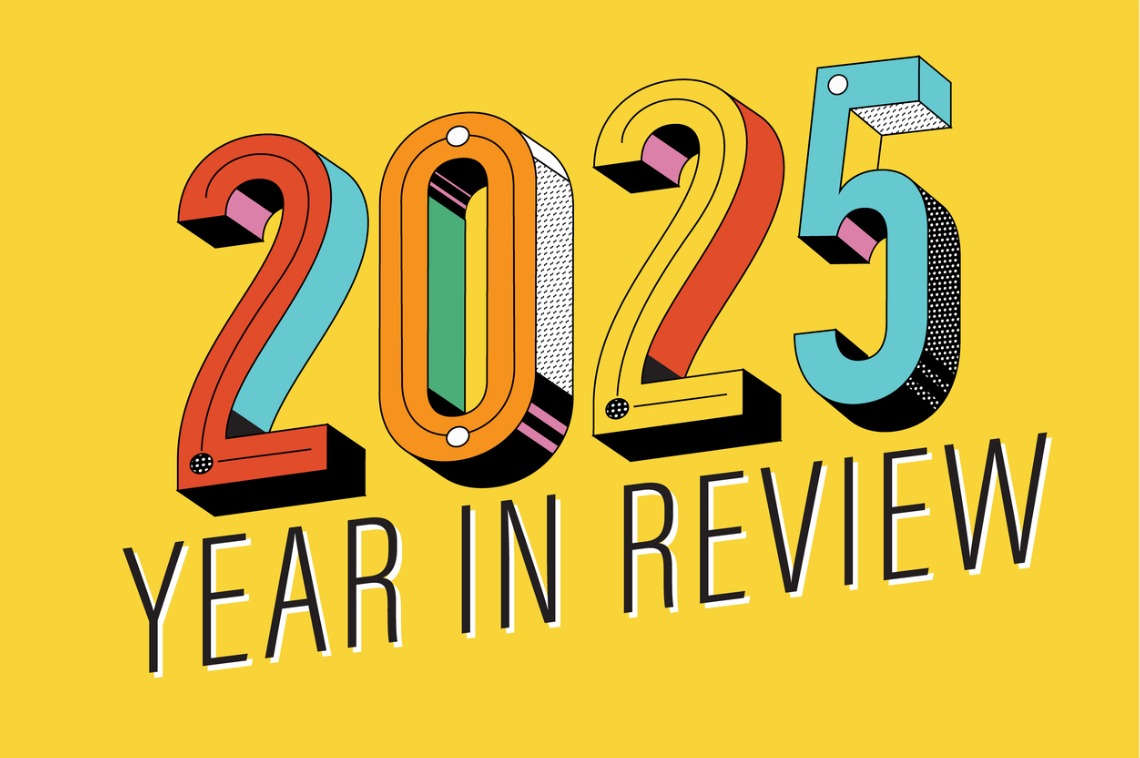A
s the five-year mark of remote work approaches, it's clear that some office buildings will never regain their pre-pandemic status. The real estate industry is still searching for answers on whether remote work benefits or harms businesses. Research suggests that "ghost workers" - those who do little to no work while working remotely - are more prevalent at home than in hybrid or office settings.
However, studies also show that people tend to be more productive when working from home. This has contributed to the trend of office-to-residential conversions. Data from the Bureau of Labor Statistics indicates that industries with significant increases in remote work saw substantial gains in output between 2019 and 2022.
While some employees may thrive in a traditional office setting, others may benefit from avoiding daily commutes and small talk with colleagues. A study found that remote workers save an average of 72 minutes per day on commuting time, which they often use for work. Measuring the long-term effects of work location is challenging, but it's clear that company culture plays a significant role in employee learning and retention.
Firms that offer flexibility tend to have an easier time hiring and retaining talent. Real estate companies, however, are facing a bigger question: what will office tenants do in the coming years? Investors who bet on office space are wagering that companies will continue to sign leases and outcompete rivals that don't. Ultimately, the market will decide - or as one observer put it, "Darwinism" will prevail.














